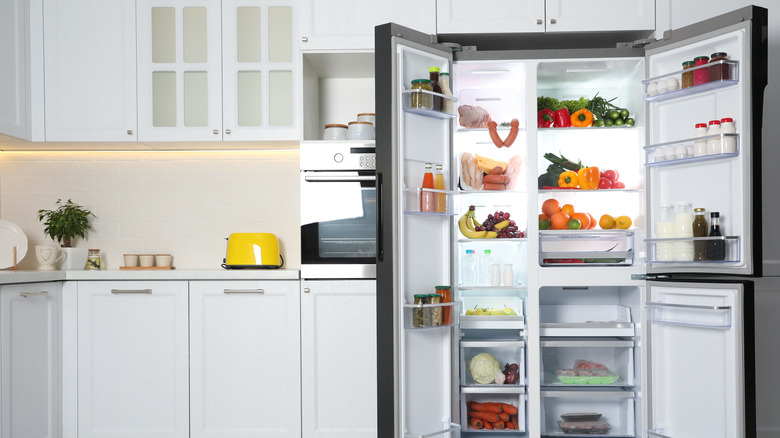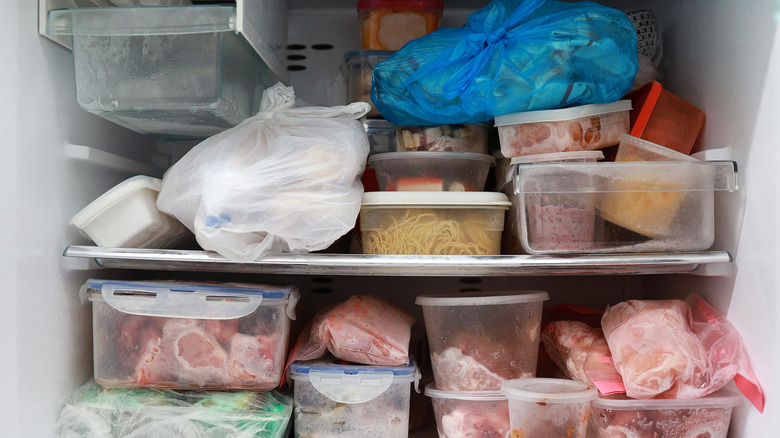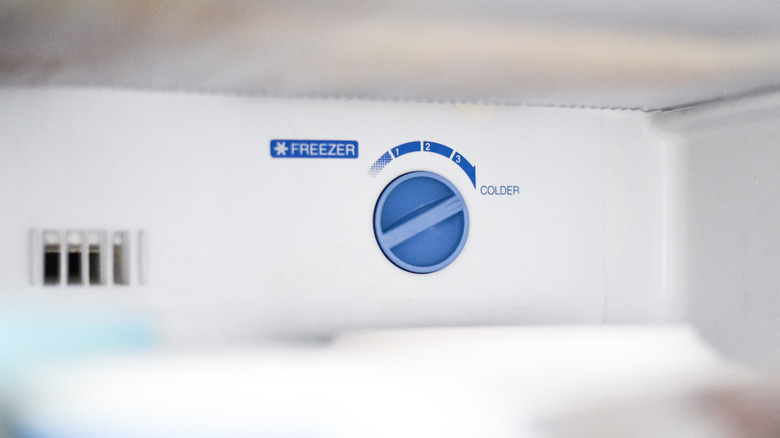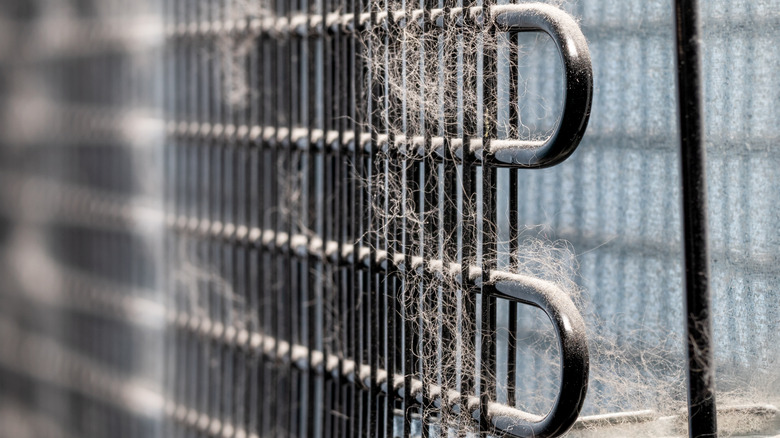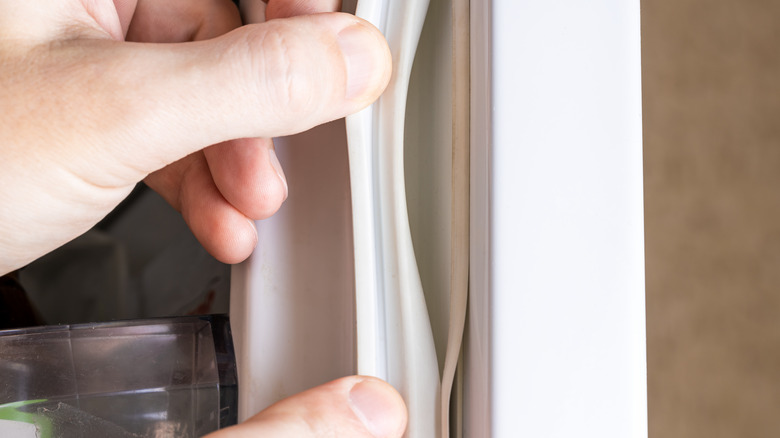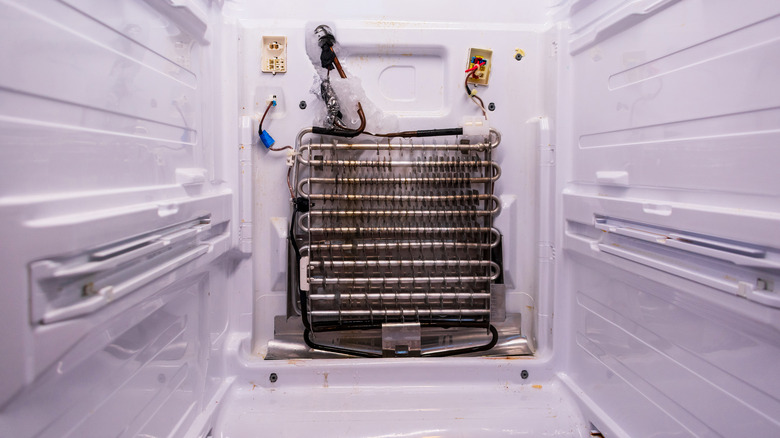Common Reasons Your Refrigerator Isn't Working
When it comes to hardworking appliances, refrigerators take the cake; they work 24/7 to keep our yummy food and drinks cold. We tend to take them for granted, and only recognize just how much we rely on them when they stop working or there's a problem. If you counted how many times per day you open the fridge, you'd probably be amazed.
Kitchen appliances can eat up a huge chunk of your budget if you need to replace them, so if you're not in the market for a brand new refrigerator, you want to do everything you can to keep yours in working order. As long as you stay on top of regular cleaning and preventative maintenance, you should be able to nip most major problems in the bud. Of course, some breakdowns are due to a part malfunctioning and nothing could have prevented it. If your fridge doesn't seem to be cooling like it once did, read on to discover some common issues that could be causing your temperature woes.
Your refrigerator may have blocked vents
If you have teenagers at home or live with several roommates, a fully-stocked fridge is a glorious — albeit rare — sight. If your fridge is absolutely stuffed to the brim, though, it could lead to major problems, like lukewarm food and a not-very-frozen freezer.
A refrigerator regulates its temperature by moving cold air back and forth between vents that are located in both the freezer compartment and in the fridge compartment. If even just one of these vents is blocked, the airflow balance will be thrown off. Whirlpool says this can cause fluctuating temperatures, excessive frost, and other issues.
The location of the vents varies from brand to brand, so check your owner's manual if you aren't sure where to find your vents. Once you know where they are, make sure nothing is blocking them. Even something as insignificant as a frozen bag of peas can cause problems if it's blocking a vent. Whirlpool also warns against placing more "sensitive" food items, like eggs, directly in the path of one of the vents. Though it may not be blocking it, placing it too close to the vent can freeze an item in the fridge compartment.
Your refrigerator thermostat setting may be wrong
Whether your refrigerator comes equipped with a dial knob for adjusting the internal temperature or it has a digital panel that controls its thermostat, both forms are susceptible to accidental bumps from food containers, hands, or both. Harmless as they may seem, these little nudges can still knock the temperature too far in one direction. If your fridge feels a bit on the warm side, always check the thermostat first — sometimes the solution can be that quick and easy.
Bob Vila says you want to keep the temperature of your fridge between 35 and 38 degrees Fahrenheit. If it's colder than that, you run the risk of ice crystals appearing on your food (especially produce). If it's warmer than that, bacteria can multiply like crazy, taint your food, and make your family very sick. If your fridge thermostat reads 35 degrees but your soda comes out warm, it's likely time to call a repair technician.
Your refrigerator's condenser coils could be too dusty
When it comes to cleaning chores, dusting isn't met with much excitement. It's a tedious, time-consuming task, and a little on the gross side if you stop to think about what dust is made of. Since it's nobody's favorite job, it's easy to understand why people might forget to dust some out of sight, out of mind areas like the condenser coils of their refrigerators.
Forgetting to dust the coils isn't just a matter of cleanliness, though, as your refrigerator can stop working or lose years from its lifespan by doing so. The coils are located at either the back or base of your fridge (depending on its age and brand) and they're exposed, so that turns them into sitting duck dust magnets. Bob Vila says that too much dust and grime building up on the coils will force the fridge to work harder to maintain a cool temperature.
The good news? Dusting the coils actually an easy task that can be completed in less than 15 minutes, and you only need to do it once or twice per year. Look for a coil condenser brush at your local hardware store (you can get one for around ten dollars) to make the process even easier.
Test your refrigerator door seals
As a refrigerator ages and experiences normal wear and tear, the rubber seals on its doors can become brittle. This brittleness means the door is no longer airtight and, as a result, cool air will escape from the fridge. Since a refrigerator with no cool air inside isn't actually much of a refrigerator, you want to keep all that cold goodness contained where it belongs.
If you're eyeballing your fridge but can't tell for sure if the seals are still in good shape, Bob Vila has a quick, easy trick that doesn't require any special tools: Grab a dollar bill from your wallet. Then, open the fridge door, place the bill halfway inside the door, and close it. If there's resistance when you try to pull the dollar free, your seals are still in good shape. If the bill starts sliding before you touch it or pulls free with the slightest tug, it's probably time to replace your seals. Check your refrigerator's owner's manual to ensure you order the correct type.
Your refrigerator's evaporator fan might be broken
Is your freezer still icy but the fridge doesn't feel cold? Or do you hear loud noises whenever you open the freezer door? If so, chances are the problem lies with your evaporator fan, says Family Handyman. The evaporator fan is responsible for circulating the cold air from the evaporator coils and moving it throughout the fridge. When it's on the fritz, you can end up with patchy cold spots or no cooling at all.
For most refrigerator models, the evaporator fan is located in the freezer and concealed by a cover. Family Handyman suggests removing the cover to check for frost on the coils. If the coils are completely iced over, you should take everything out of the fridge/freezer, unplug it, and let it thaw for at least 24 hours. If the fridge seems to be fixed after this process, you may be looking at an issue with the defrost components. If the problem persists, or is accompanied by loud noises or the compressor doesn't kick on, it's likely the evaporator fan itself. You can follow DIY guides to replace it on your own, or call a repair technician to take care of it.
